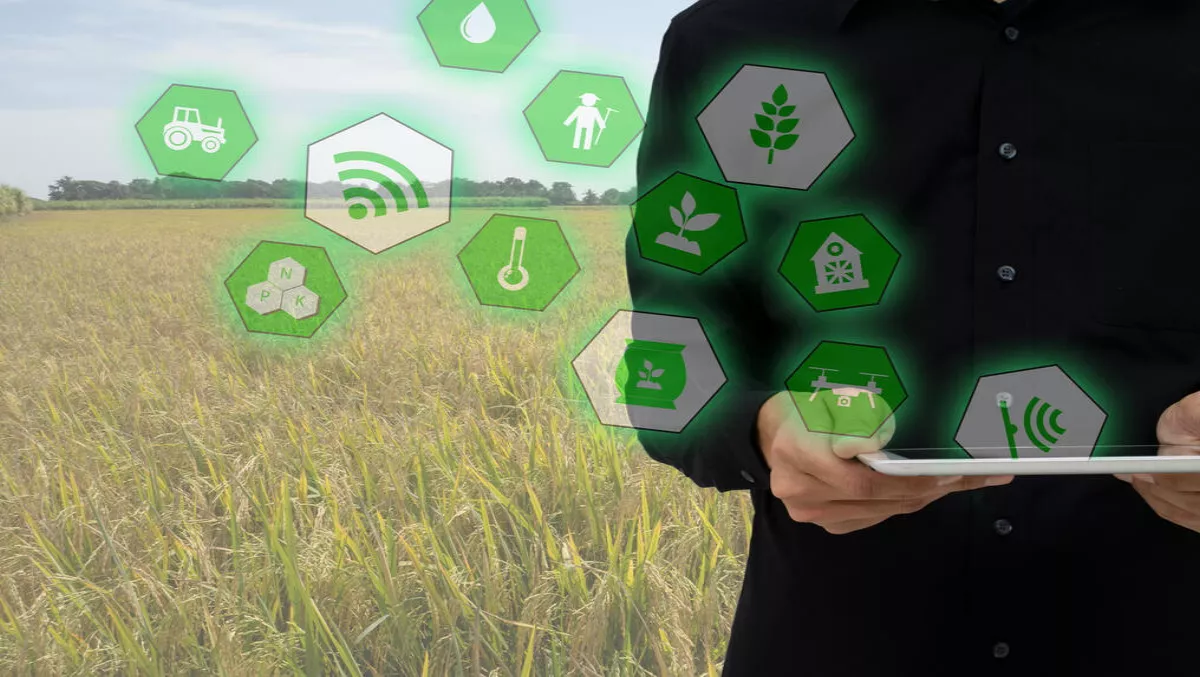
Turning data into action is vital for success in IoT projects
The motivation for many organisations embarking on an Internet of Things (IoT) project is the collection of data, yet many don't realise that's not actually the key objective of the exercise.
Whether it's atmospheric data sourced from a mine site or heavy machinery performance data collected inside a factory, it's of negligible value unless subsequently converted into actions that create beneficial outcomes for the organisation.
This sounds obvious, however it's an easy point to forget - especially when interest in IoT is growing exponentially. The temptation can be to jump on the bandwagon and focus on collecting data rather than giving proper consideration to the value it should actually deliver.
Current interest in IoT is being driven by the rapidly declining cost of the required components. For example, it's now possible to deploy environmental sensors that cost just a fraction of the price of traditional collection stations.
New-generation dust sensors are now on the market in the tens or hundreds of dollars, compared with the tens of thousands of dollars needed for traditional monitoring equipment.
The costs associated with establishing networks are also falling rapidly. Sensors can be connected wirelessly in various ways allowing them to transmit collected data to a central repository in real time. This repository could be a corporate data center or a cloud-based resource.
A results-driven approach
While data can be readily collected using these IoT infrastructures, this activity alone adds little or no real value. It's only through the application of analysis tools that insights can be gained which, in turn, support action.
A successful IoT value chain has sensors collecting data at one end and value-adding action at the other. The challenge is to reduce the gap between the two as much as possible. In this way, value can be extracted from the data, enhanced through value-add analytics, and turned into beneficial actions in the shortest possible time and with least intervention by the end user.
For example, a company might seek to use collected environmental data to help predict what might occur in the future to guide operations. This could involve combining the collected data with weather forecast data to generate predicted risks to the operation in question over a three-day period.
Effective remedial actions based on site practices, such as specific dust control measures, can then be fine-tuned to reduce any impact on surrounding areas based on the specific activity schedule and weather outlook. This analytic approach allows for more proactive scheduling and deployment of on-site resources.
Another example is the analysis of real-time weather data and received odour or dust complaints. This can allow a company to generate instant insights into the source of the complaints and create an automated ticketing system to prompt and track actions to investigate and resolve the issue in question.
Both these examples result in significant time and cost savings, along with outcomes that are beneficial for the operation.
Begin with the end in mind
When planning an IoT deployment, it's important to start with your end goal in mind. Perhaps that goal is to ensure a mine site complies with air quality regulations, or a waste processing facility is not polluting surrounding water sources.
Once the goal is clear, it's then a matter of working back from it and determining what data needs to be collected and how it can be most effectively processed. This will then determine the number and nature of IoT connected devices that will be required and how they will need to be connected.
It should be noted that, in some cases, IoT projects may end up delivering different value from that which was anticipated in the planning stages. However, as long as the focus remains on the value to be produced, adjustments can be made during deployment and ongoing operation.
For example, during the deployment of an environmental monitoring program, it might come to light that particular events of concern are occurring at times that seem to coincide with particular weather conditions or operating conditions - or both.
This might prompt the addition of data from the operating processes directly into the system so that operational and environmental data can be analysed together, to gain better insights into how one affects the other, leading to better proactive management practices.
Machine learning can be used in such cases to help develop a better understanding over time, and aid the refinement of management practices.
At the end of the day, the goal of every IoT project should be to provide data that can be converted into intuitive, actionable information with minimal delay. When this happens, the value promised by the technology begins to be fully realised.

